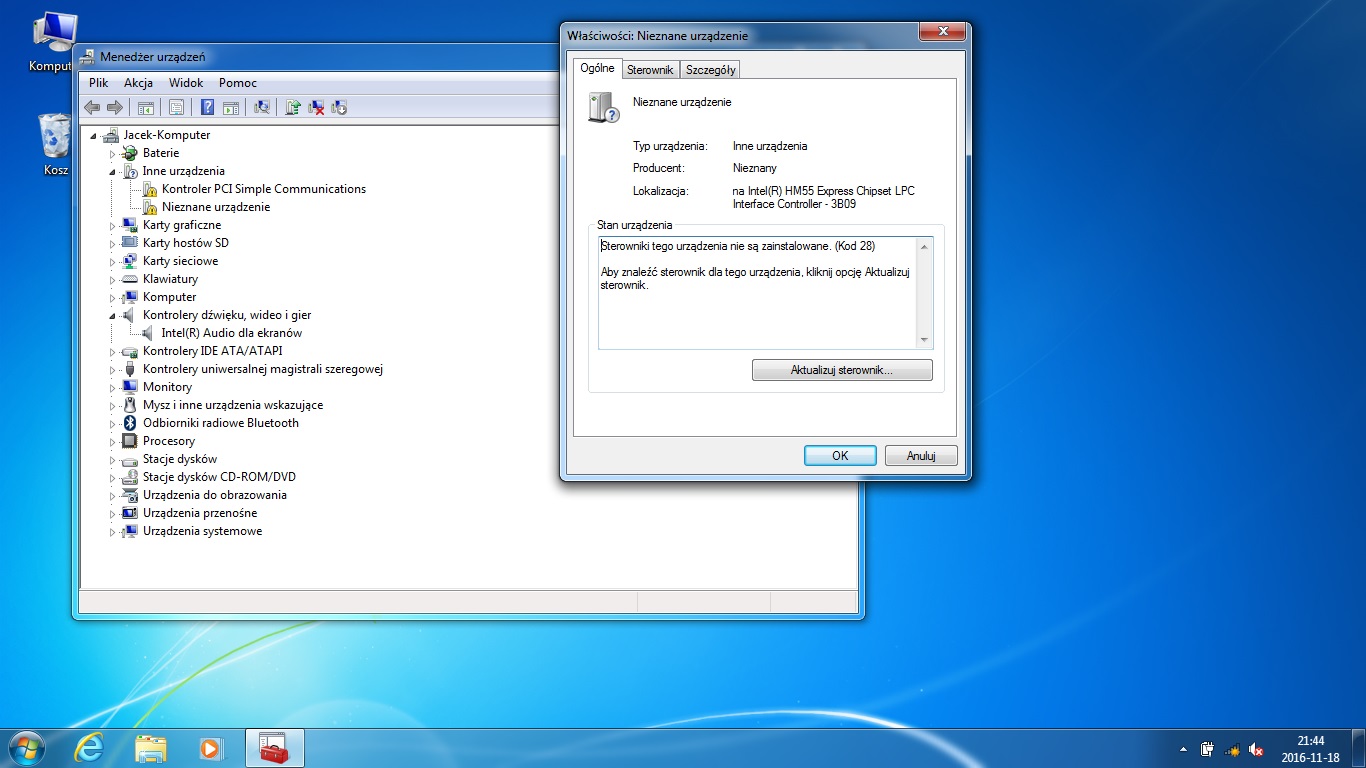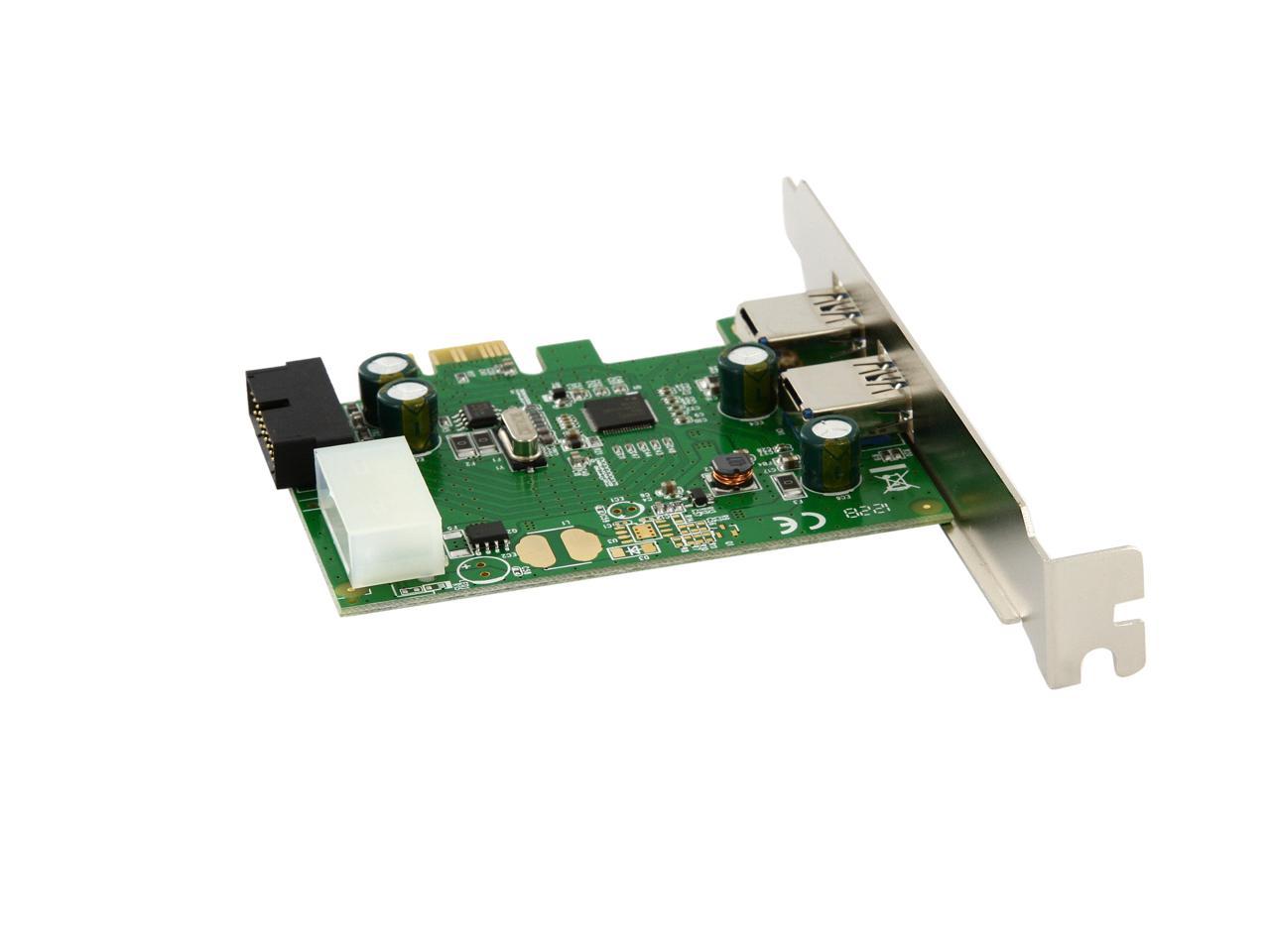


Companion Controllers For Z170 – Alpine Ridge, ASM1142, I219 for Network It is worth noting that the constant SATA ports on Z170 support DEVSLP modes. With that being said, we lose any extra SATA ports and have to rely on controllers elsewhere to do everything else. As a result, we will probably see motherboards with three M.2 slots all in PCIe 3.0 x4 mode, available for RAID.

The new version of RST is given the number 14, and RST 14 supports three PCIe devices at one time. This allows M.2 and SATA Express devices to be in RAID arrays as long as they are connected through these HSIO lanes. The last three sets of four are also labelled Intel PCIe storage device – this is important because the new Z170 chipset now supports more PCIe devices as part of its Rapid Storage Technology (RST). The HSIO allows a smörgåsbord of options, a variable pick-and-mix. The next 20 HSIO ports are split into groups of four PCIe 3.0 lanes, such that each group is part of one of the internal controllers on the chipset. By default, the first six HSIO ports are USB 3.0, with two able for super-speed interconnects where warranted. GbE / Ethernet) will require extra controllers. Each manufacturer can run down the list and apply what they may or may not need – some of the extra functionality (e.g. For Z170, this moves up to 26 and can be used in a variety of configurations:įor each of the 26 high-speed input/output ports (HSIO, or the Flex-IO), there can be a variety of combinations available. In the previous Z97 chipset, there are a total of 18 Flex-IO ports that can flip between PCIe lanes, USB 3.0 ports or SATA 6 Gbps ports. The Z170 chipset features a massive Flex-IO hub, known as HSIO.

Parts of this section are mirrored in our separate motherboard overview.įor our discussion of the chipset, I want to refer back to the block diagram for the platform:


 0 kommentar(er)
0 kommentar(er)
